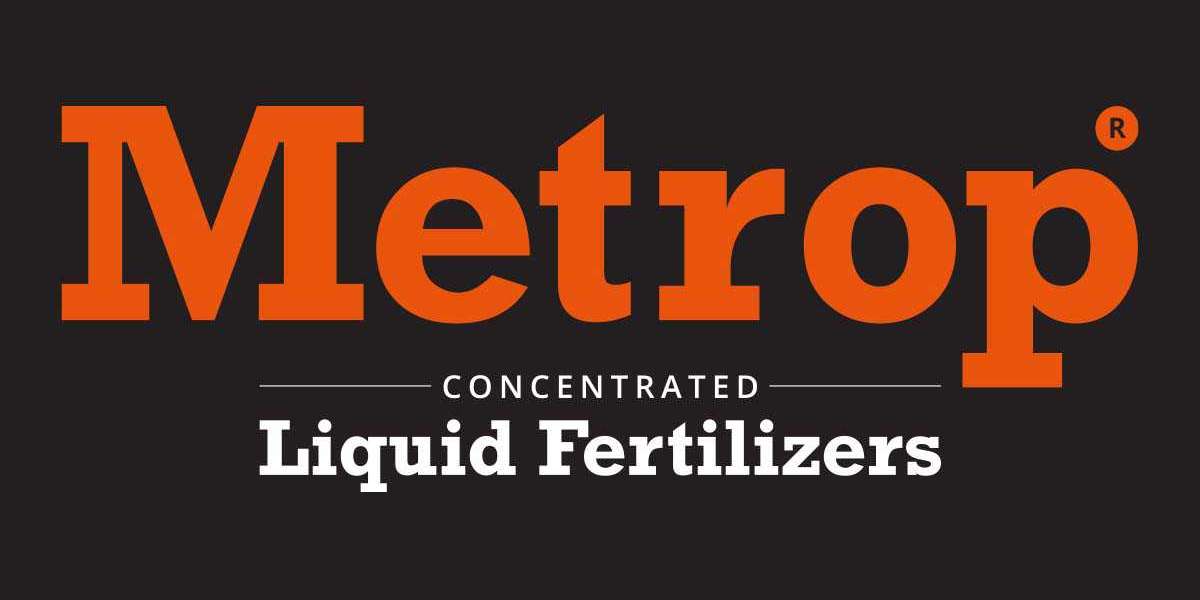Maintaining a lush, green lawn is a goal for many homeowners, but achieving that dream can be more challenging than it seems. In the pursuit of a beautiful landscape, it's easy to make mistakes that can harm your lawn's health and appearance. Understanding these common lawn care mistakes is crucial for creating a vibrant outdoor space. This article explores these pitfalls and offers practical tips on how to avoid them, ensuring your lawn stays healthy and thriving.
Ignoring Soil Health
One of the most significant oversights in lawn care is neglecting the soil's health. Healthy soil is the foundation of a robust lawn. Without proper nutrients, your grass can struggle to grow, making it vulnerable to pests and diseases. Conducting a soil test can provide valuable insights into its nutrient composition, pH level, and organic matter content. Based on the results, you can amend the soil with appropriate fertilizers or organic matter, creating an ideal environment for grass growth.
Soil compaction is another issue that often goes unnoticed. Compacted soil restricts root growth and water infiltration, making it essential to aerate your lawn regularly. Aeration helps alleviate compaction, allowing air, water, and nutrients to reach the roots effectively. Investing in this process can significantly enhance your lawn's overall health and resilience.
Overwatering or Underwatering
Watering is a vital aspect of lawn care, but it's a common area where mistakes occur. Many homeowners either overwater or underwater their lawns, leading to problems like root rot or drought stress. The key is to establish a watering schedule that aligns with your grass type, climate, and soil conditions. Typically, lawns need about one inch of water per week, including rainfall. Watering early in the morning allows for optimal absorption and minimizes evaporation.
Using a rain gauge can help you monitor rainfall and adjust your watering schedule accordingly. Be attentive to signs of overwatering, such as yellowing grass or standing water, and adjust your practices if necessary. Conversely, look for signs of drought stress, like wilting or browning, to determine if your lawn needs more water.
Mowing Mistakes
Mowing is a fundamental part of lawn maintenance, but improper mowing techniques can do more harm than good. One common mistake is mowing too low, which can stress the grass and expose it to weeds and pests. Instead, aim to mow at the recommended height for your grass type. For most cool-season grasses, this is typically around two to four inches. Keeping the grass taller encourages deeper root growth and shades the soil, reducing weed competition.
Additionally, it's important to mow with sharp blades. Dull blades tear the grass rather than cut it cleanly, leading to a ragged appearance and increased vulnerability to diseases. Regularly sharpen your mower blades to ensure clean cuts. Lastly, consider varying your mowing pattern each time to avoid soil compaction in specific areas and promote even growth.
Neglecting Fertilization
Fertilization is crucial for maintaining a healthy lawn, yet many homeowners overlook it. Grass requires essential nutrients, such as nitrogen, phosphorus, and potassium, to thrive. A lack of these nutrients can lead to a pale, weak lawn. It’s essential to understand the specific nutrient needs of your grass type and apply fertilizers accordingly.
Many homeowners make the mistake of over-fertilizing, which can lead to nutrient runoff and harm the environment. Instead, focus on using slow-release fertilizers and following the recommended application rates. Fertilizing in the spring and fall typically yields the best results. Additionally, consider incorporating organic fertilizers, which improve soil health while providing necessary nutrients.
Failing to Control Weeds
Weeds are a persistent issue for many lawns, and failing to manage them can lead to an unhealthy landscape. Weeds compete with grass for nutrients, water, and sunlight, ultimately affecting your lawn's growth. Regularly inspecting your lawn for weeds is essential. Hand-pulling or using appropriate herbicides can help manage weeds effectively.
Preventative measures, such as maintaining healthy grass and using mulch, can also reduce weed growth. A thick, healthy lawn is your best defense against weeds. When applying herbicides, always follow the manufacturer's instructions to ensure safe and effective use.
Ignoring Pest and Disease Management
Pests and diseases can wreak havoc on a lawn if left unchecked. It's crucial to stay vigilant and identify any signs of infestation or disease early on. Common pests, such as grubs and chinch bugs, can cause significant damage. Implementing a regular lawn inspection routine allows you to catch issues before they escalate.
When addressing pest problems, consider using integrated pest management (IPM) techniques. IPM focuses on prevention and control through a combination of cultural, physical, and biological methods. For example, maintaining a healthy lawn can make it less susceptible to pests and diseases. If necessary, use pesticides as a last resort and always follow application guidelines.
Planting the Wrong Grass Type
Selecting the right grass type for your region is critical for a healthy lawn. Many homeowners make the mistake of choosing grass varieties that are not well-suited for their climate, leading to poor growth and maintenance challenges. Research your local climate and choose grass types that thrive in those conditions.
Cool-season grasses, such as Kentucky bluegrass and fescue, do well in northern climates, while warm-season grasses, like Bermuda and zoysia, flourish in southern areas. Understanding the specific needs of your chosen grass type, including sunlight, water, and soil requirements, will help you establish a thriving lawn.
Neglecting Lawn Care Seasons
Each season presents unique challenges and opportunities for lawn care. Many homeowners fail to adjust their practices according to seasonal changes, which can hinder their lawn's growth. Spring is the time for fertilization, overseeding, and weed control, while summer often requires diligent watering and pest management.
As fall approaches, focus on preparing your lawn for winter by aerating and fertilizing. Ignoring seasonal care can lead to a weak lawn that struggles to recover. By aligning your lawn care practices with seasonal needs, you can enhance your lawn's resilience and beauty throughout the year.
Skipping Lawn Renovation
Over time, lawns can become thin and patchy due to wear and tear, pests, and disease. Skipping lawn renovation is a common mistake that can leave your outdoor space looking less than its best. Lawn renovation involves overseeding, aerating, and addressing any soil issues to revive your lawn's health.
When renovating, choose the right time of year based on your grass type. For cool-season grasses, early fall is ideal, while late spring is suitable for warm-season grasses. Incorporating these practices can lead to a thicker, healthier lawn that stands up to environmental stressors.
Inadequate Equipment Maintenance
Maintaining your lawn care equipment is just as important as the lawn itself. Many homeowners neglect their mowers, trimmers, and other tools, which can lead to inefficient performance and even damage to your lawn. Regularly inspect and clean your equipment, ensuring that blades are sharp and moving parts are lubricated.
A well-maintained mower will provide cleaner cuts, resulting in a healthier lawn. Additionally, consider investing in high-quality equipment that suits your specific lawn care needs. This investment can pay off in the long run, saving you time and effort in maintaining your outdoor space.
Not Seeking Professional Help
While many homeowners take pride in handling their lawn care independently, there comes a time when professional help is beneficial. Ignoring the signs of distress or struggling to manage lawn issues can lead to further problems. Seeking the expertise of lawn care professionals can provide valuable insights and solutions tailored to your lawn's specific needs.
Professionals can assess your lawn, identify issues, and implement effective strategies for improvement. Whether it's pest control, soil amendment, or fertilization, expert help can make a significant difference in achieving a thriving lawn.
Conclusion
By avoiding these common lawn care mistakes, you can cultivate a lush and healthy outdoor space that enhances your home's curb appeal. Paying attention to soil health, watering practices, mowing techniques, and seasonal care will set you on the path to a thriving lawn. Remember, a little effort and knowledge can go a long way in achieving your lawn care goals. If you're looking for more information on this topic, be sure to check out this comprehensive guide on common lawn care mistakes.
Your lawn is a reflection of your home, and investing in its health is an investment in your property's beauty and value. By staying informed and proactive, you can create a landscape that not only meets your aesthetic desires but also supports a vibrant ecosystem. Happy lawn care!








